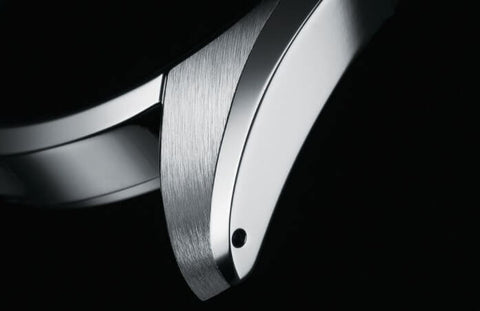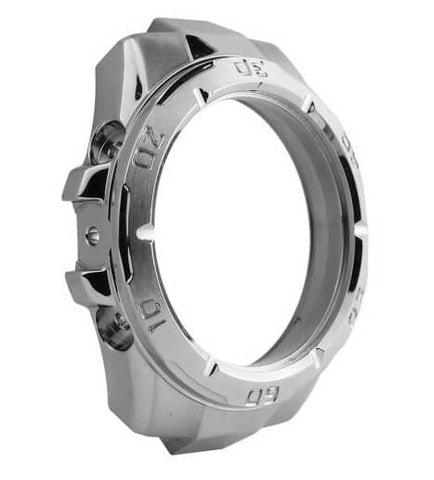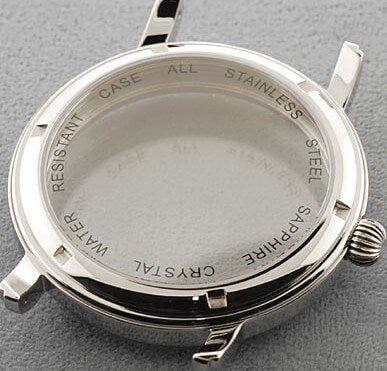It was bound to happen, but the first scratch on your brand-new watch is still the most painful. Battle scars? Character? Screw all that. Maybe you just want your beloved watch to look perfect again. Here's what you need to know about removing scratches from metal watch cases.

Is Polishing My Watch a Good Idea?
Before diving head-first into a watch-polishing project, there are some important caveats to consider:
For valuable vintage watches, polishing a watch's case is known to potentially decrease its value: it can noticeably alter the case's silhouette and will never be quite the same as the original factory finish anyway. It will alter the watch's character irreversibly (then again, so do scratches, so there's a tradeoff either way).

If you decide you want your watch polished anyway, know that the finishes on most watches are applied using special equipment and expertise. It's best trusted to professionals, whether by sending the watch to the brand itself for servicing or having it performed by an experienced jeweler or watchmaker. A watchmaker will be able to disassemble a watch and treat the components properly, whereas there are risks involved in trying it as an amateur.
All that noted, if you've got the patience, a generally DIY disposition and are still intent on tackling some minor scratches yourself, then read on.
Determine the Finish of the Scratched Surface

Metal can have a range of finishes, from polished to brushed to matte, and each entails different considerations. For example, you wouldn't want a polished patch on an otherwise brushed surface — and only professionals can treat scratched matte or bead-blasted finishes. The goal is to match the surrounding finish and that of other surfaces as closely as possible.
Removing Scratches from Polished Surfaces

There are, in fact, multiple methods for removing scratches from a watch's polished surfaces, but a jeweler's cloth is a good option. It has powder on one side which fills the scratches, while the other side keeps your hand clean and is later used to give the surface a final cleaning. Though you can get a pretty satisfying result this way, traces of the scratches will often remain visible. Start by looking into products like Fabuluster ($9) or Euro Tool Selvyt Cloth ($11) and for deeper scratches try Never-Dull ($18).
Removing Scratches from Brushed Surfaces

Brushed or satin finishes are in fact many uniform scratches on the metal, and treating scratches on theses surfaces means refinishing the metal. Brushed finishes can be fine to coarse and subtle to deep, and the trick is to match the finishing both with the polishing material you use as well as the pressure you apply — or you'll simply be left with a patch that stands out from the rest.
Jewelers have special instruments and supplies for this, but for DIY jobs gently use a Euro Tool Brush ($13) like an eraser and follow the grain (wear latex gloves to keep the fibreglass from irritating your skin).


